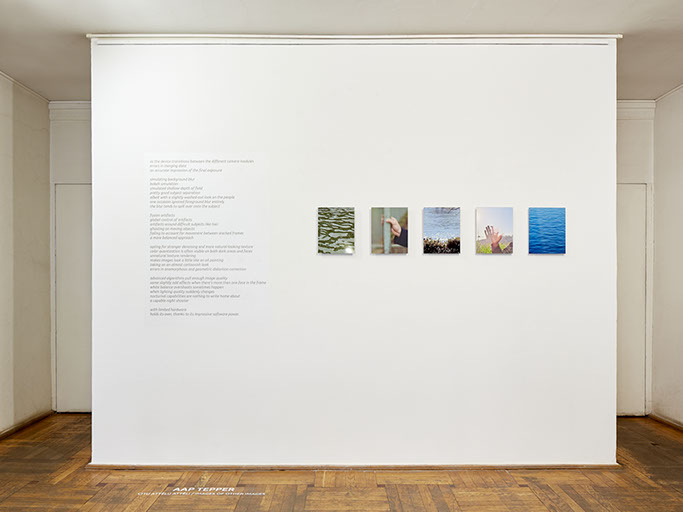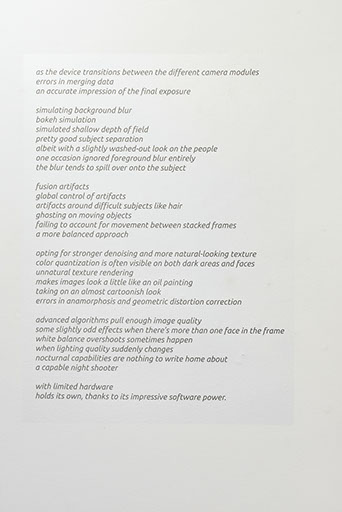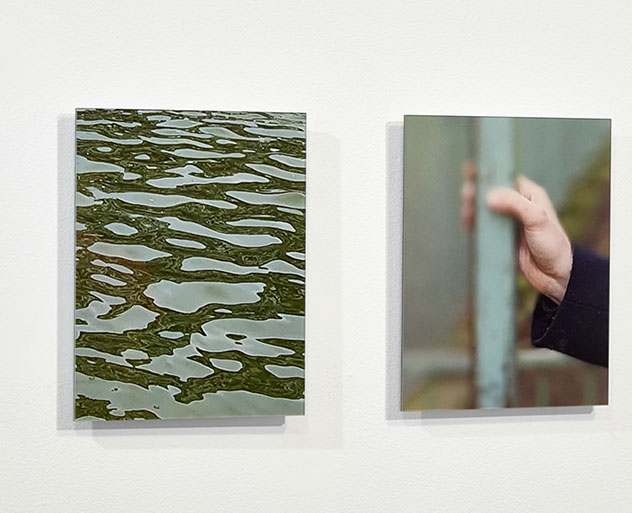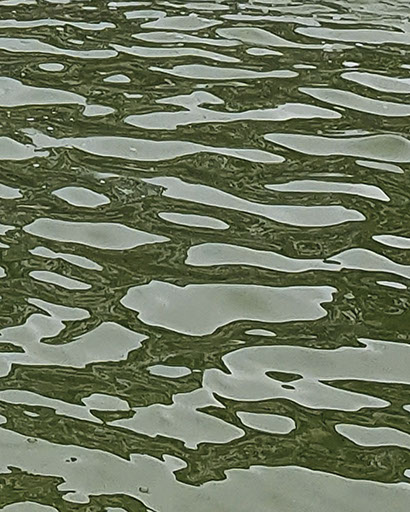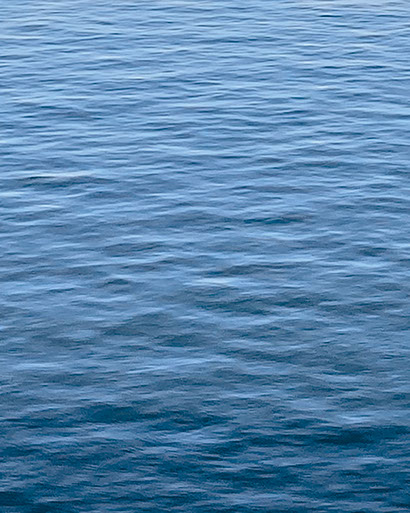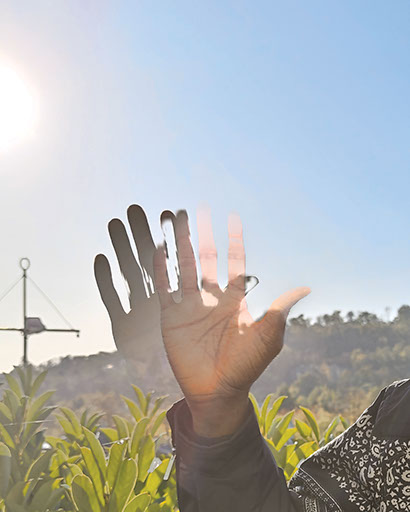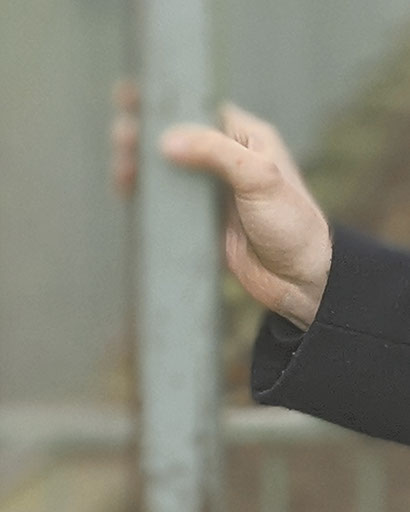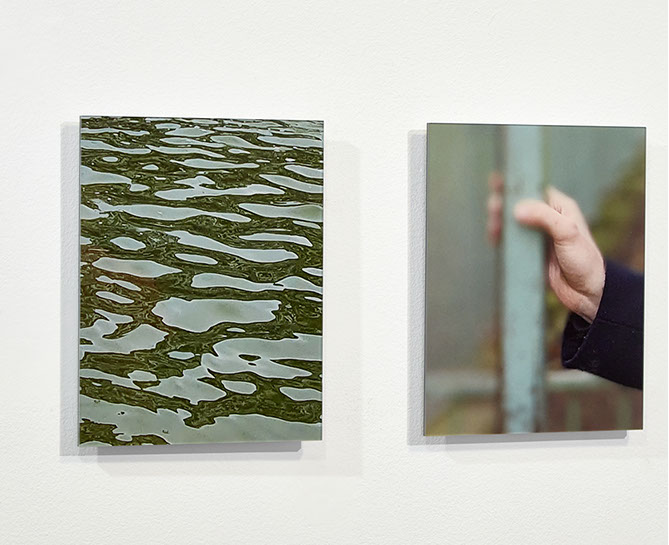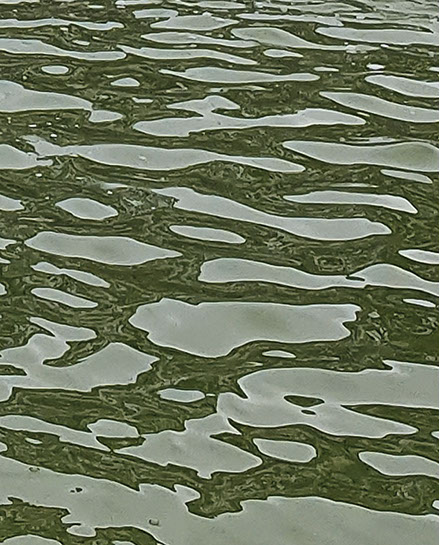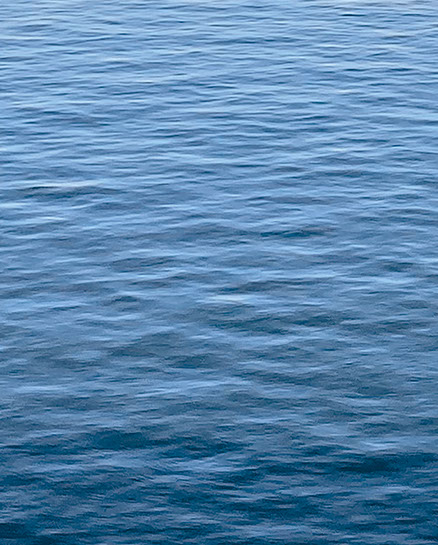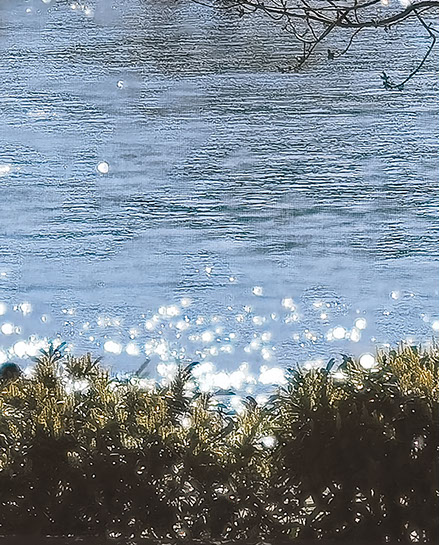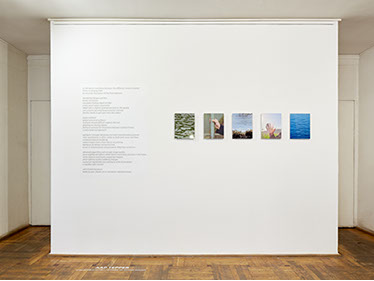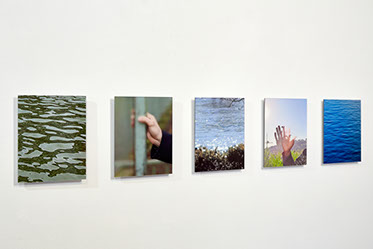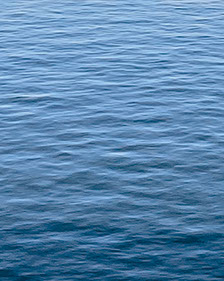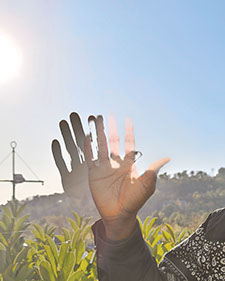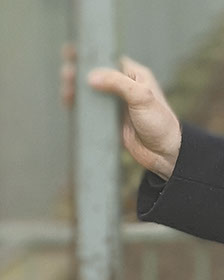Images of Other Images
23 𝗑 29 cm diasec prints, wall text
2021
Dictated by the market, smartphone photography evolves at a fast pace. With every new generation of phones, the abilities of the software increasingly outweigh the capabilities of the hardware. The artificial intelligence which powers the software through computational photography is trained to simulate the effects usually achieved by the complex lens systems on professional grade cameras. New smartphones, like other electric consumer devices are being reviewed by youtubers and imaging analysts. This work looks at the culture of smartphone reviews, focusing on the website dxomark.com. Dxomark tests every new popular smartphone and gives it a rating. To evaluate the capabilities of these smartphones they use two methodologies: scientific analysis and “real world” tests. The scientific approach uses the tools that are used to analyse professional imaging equipment like color targets, resolution wedges and geometric distortion measurements. The real world tests are used to analyse the believability of the camera's abilities. For example, the camera’s abilities to simulate background blur are tested in different environments and the examples made are shown on the review page. The examples of these tests are exhibited on this page as enlarged image crops and the language used in reviews to describe the software effects is more connected to digital animation than traditional photography. These provocations which sometimes show the limitations of the device are interesting to me because most smartphone photography exists in the web 2.0 platforms like Instagram which is influenced by different photographic trends. The images shown on instagram are not usually enlarged so the camera failures are not evident. It seems that this photography operates on a suspension of disbelief and reveals that the technical qualities of the image are not the most important aspects. These images are social (Jurgenson) and as the computational photography evolves, the parallels to traditional photography start to fade. Soon the smartphone cameras effortlessly simulate the effects of professional cameras and start producing new kinds of hyper real images.
Exhibited at the Latvian Museum of Photography in Riga, 03.09-03.10.2021
Interview with Rūdis Bebrišs, "Can't measure quality in pixels"
Views from the "Digital Dark Age" exhibition at the Latvian Museum of Photography, curated by Anete Skuja.

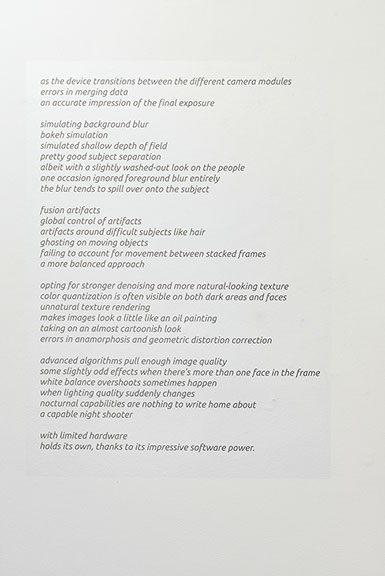
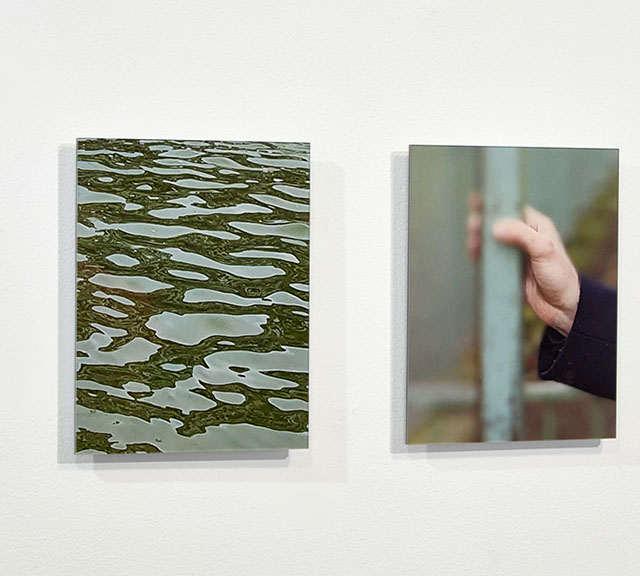
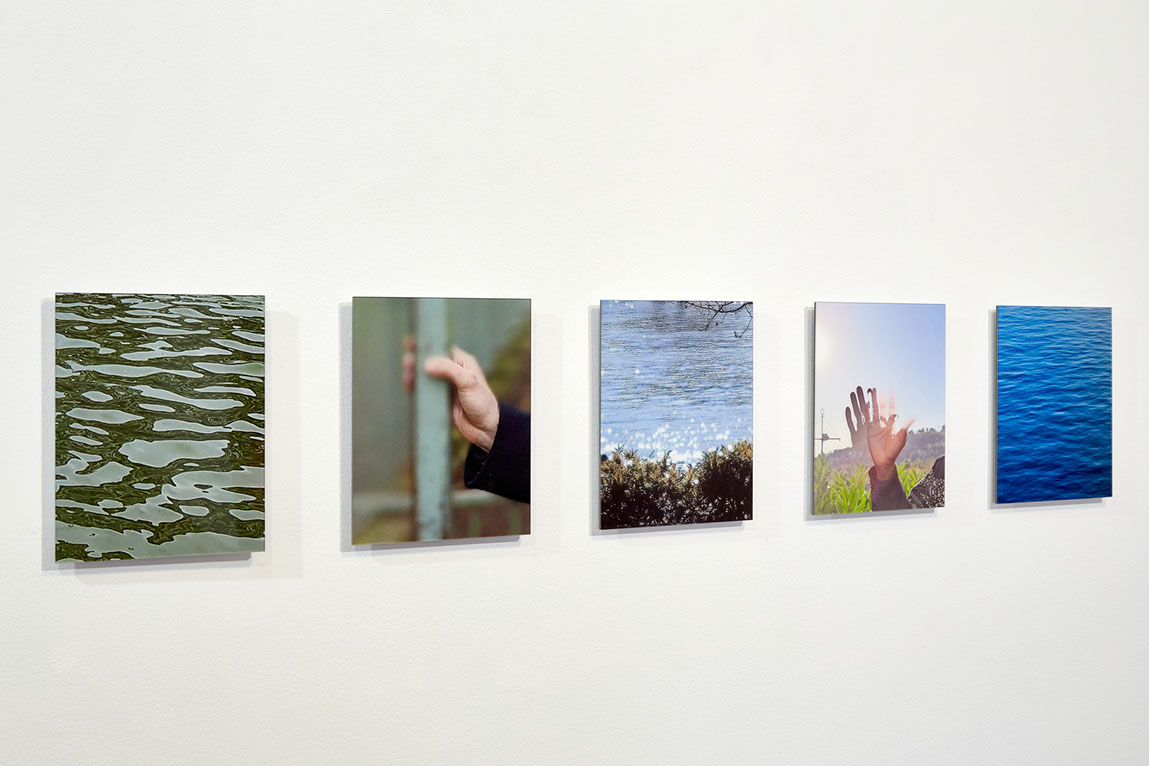
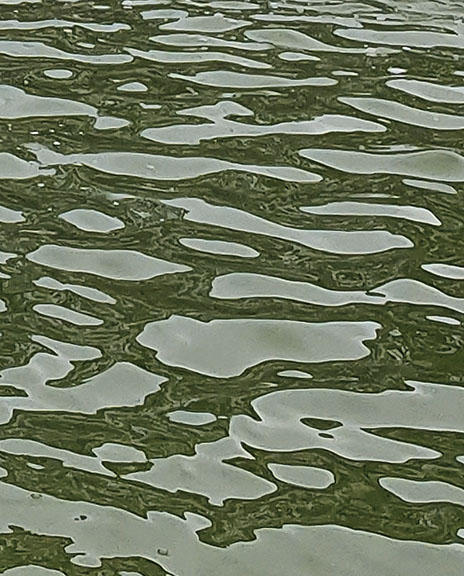

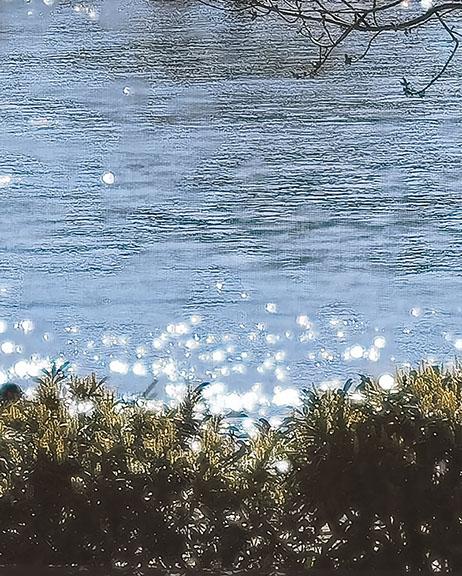
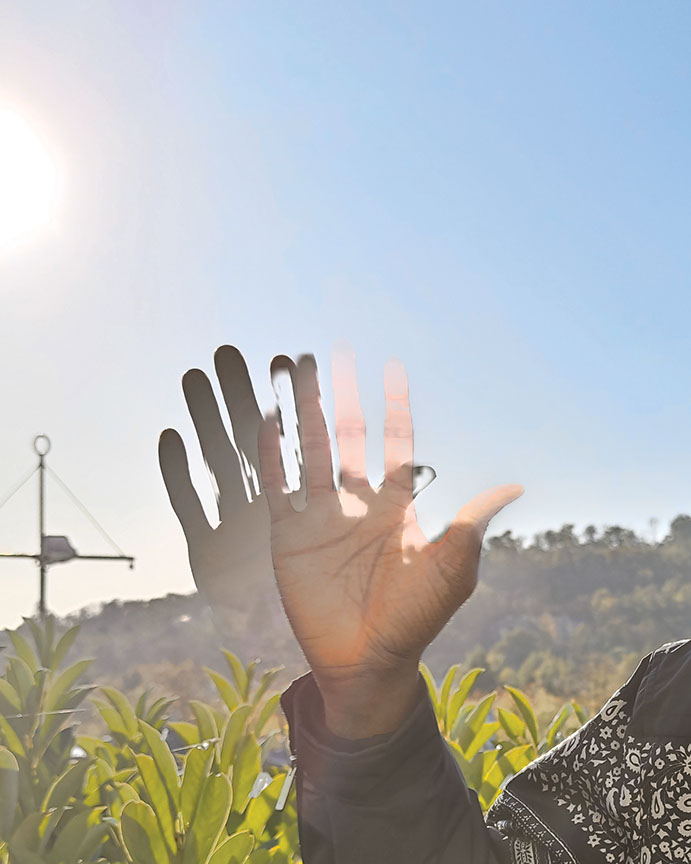
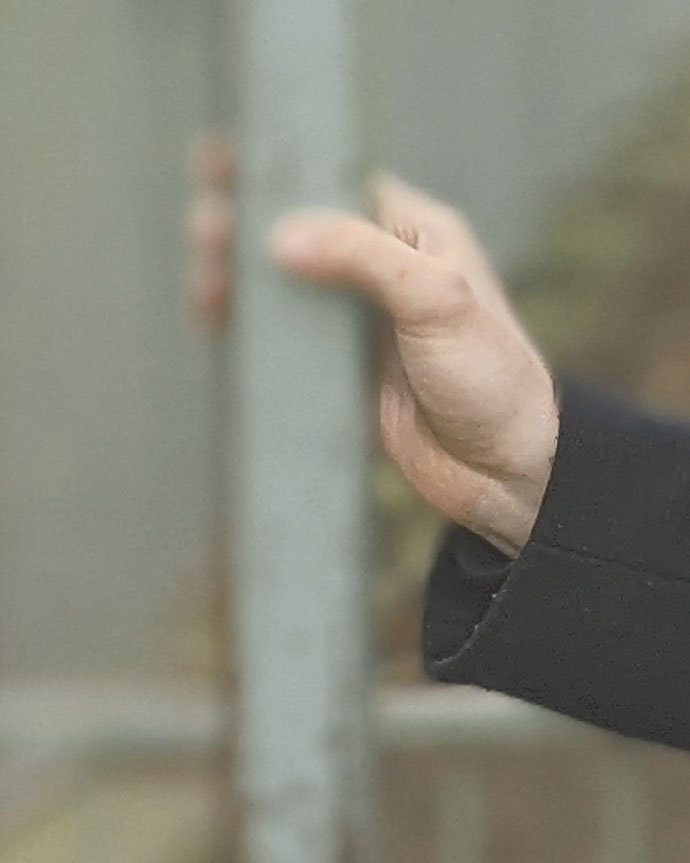
<
>
simulating background blur
bokeh simulation
simulated shallow depth of field
pretty good subject separation
albeit with a slightly washed-out look on the people
one occasion ignored foreground blur entirely
the blur tends to spill over onto the subject
fusion artifacts
global control of artifacts
artifacts around difficult subjects like hair
ghosting on moving objects
failing to account for movement between stacked frames
a more balanced approach
opting for stronger denoising and more natural-looking texture
color quantization is often visible on both dark areas and faces
unnatural texture rendering
makes images look a little like an oil painting
taking on an almost cartoonish look
errors in anamorphosis and geometric distortion correction
advanced algorithms pull enough image quality
some slightly odd effects when there’s more than one face in the frame
white balance overshoots sometimes happen when lighting quality suddenly changes
nocturnal capabilities are nothing to write home about
a capable night shooter
as the device transitions between the different camera modules
errors in merging data
an accurate impression of the final exposure
with limited hardware
holds its own, thanks to its impressive software power.
^
© 2024
